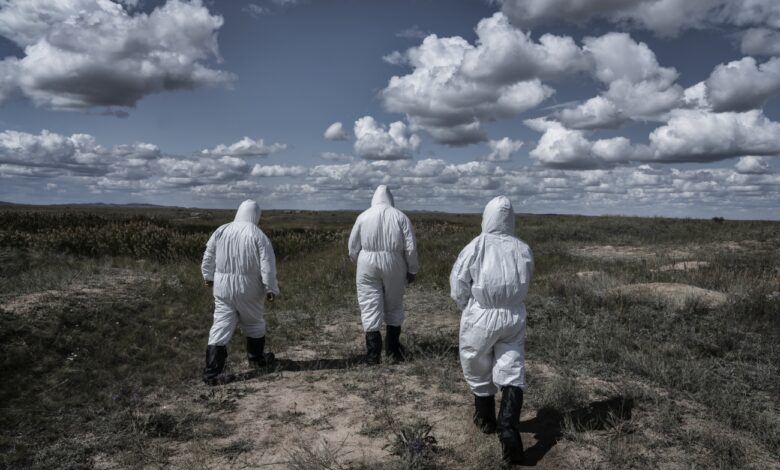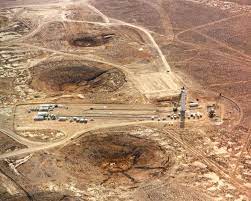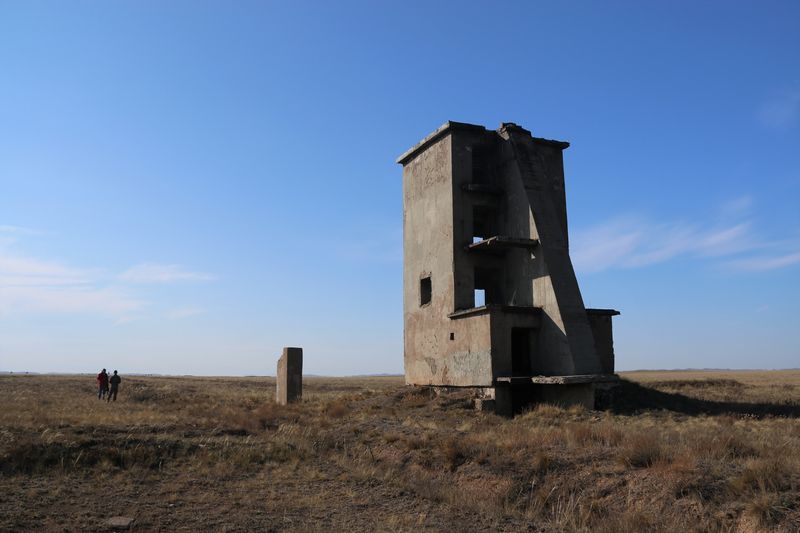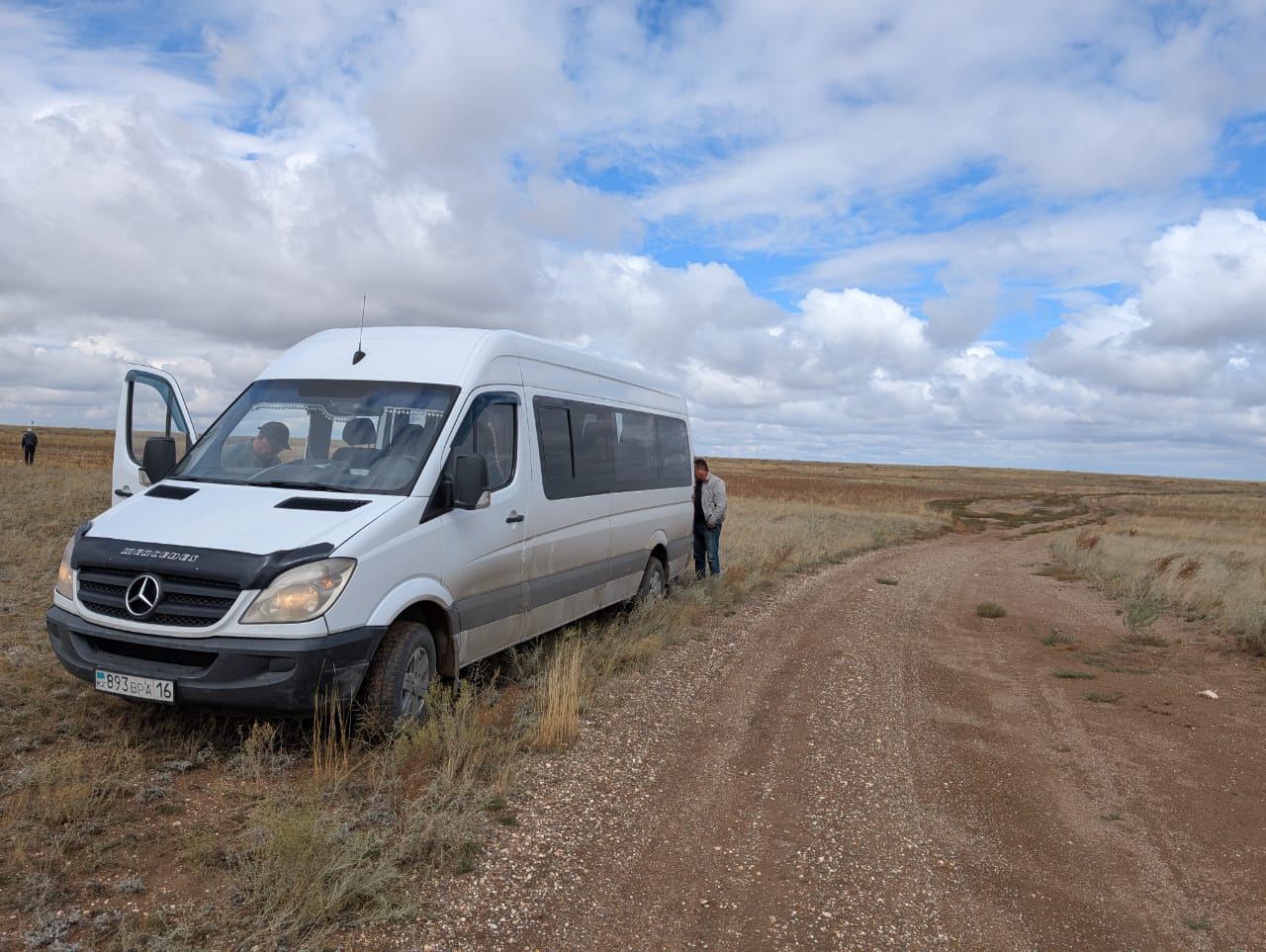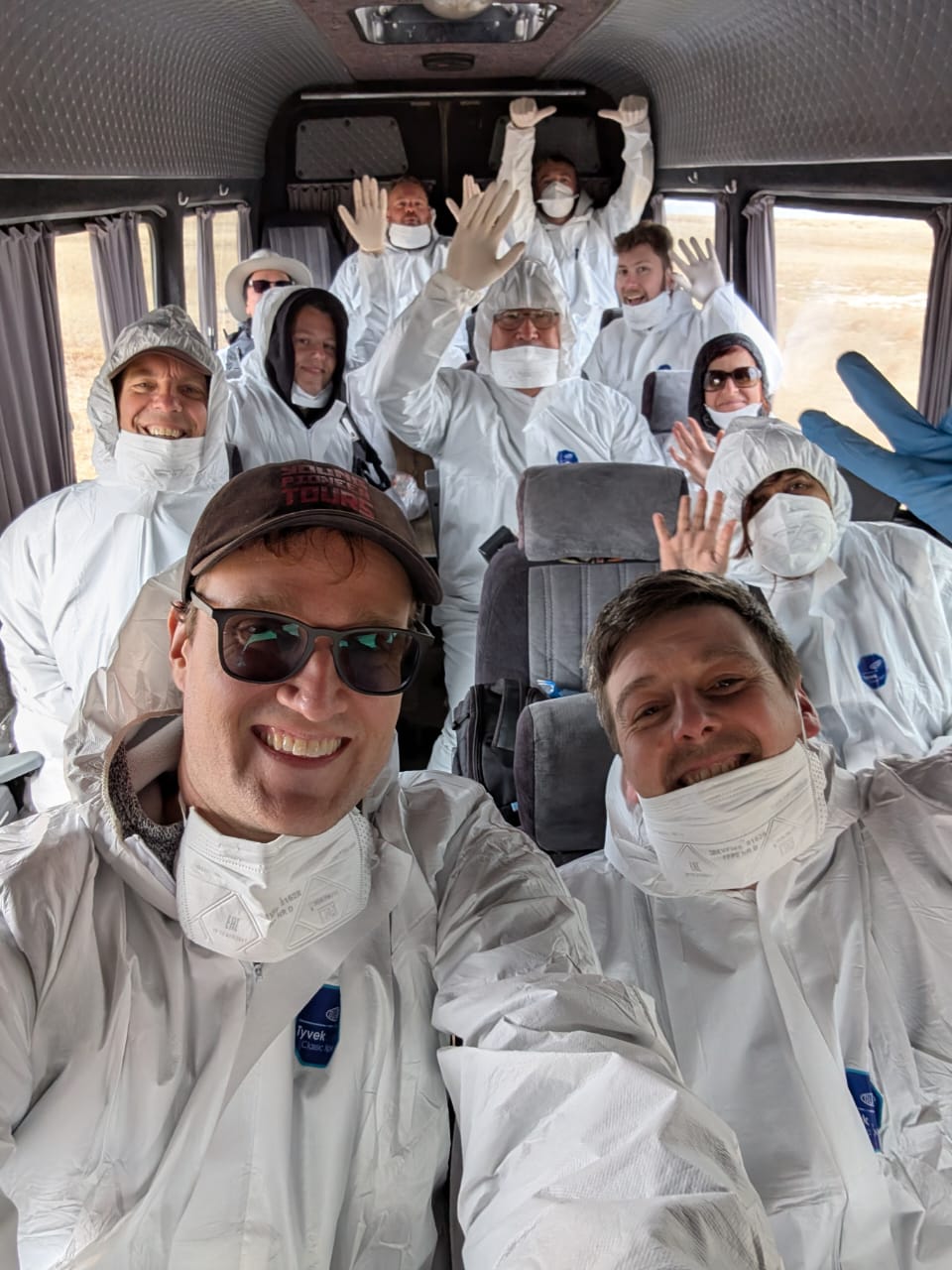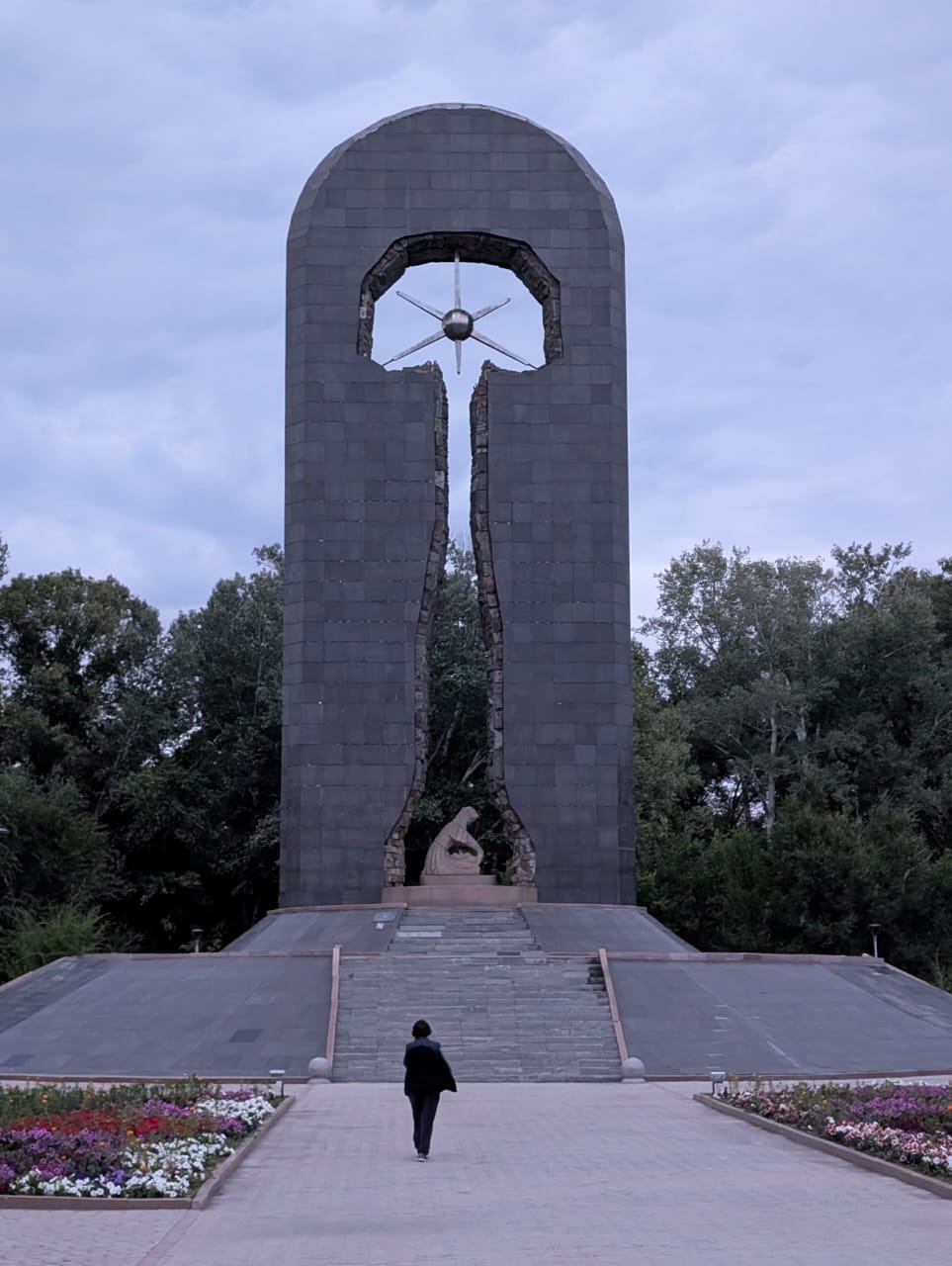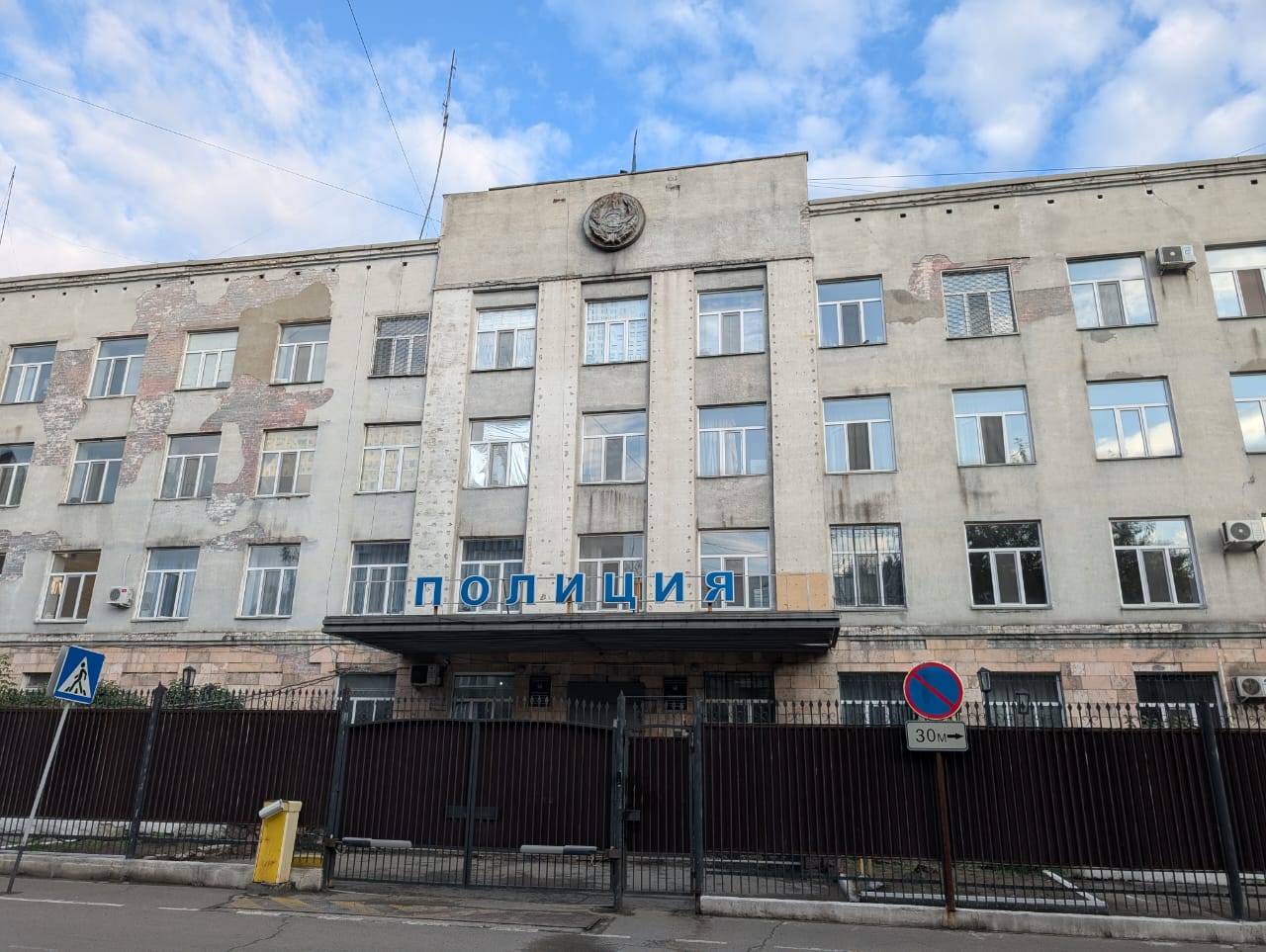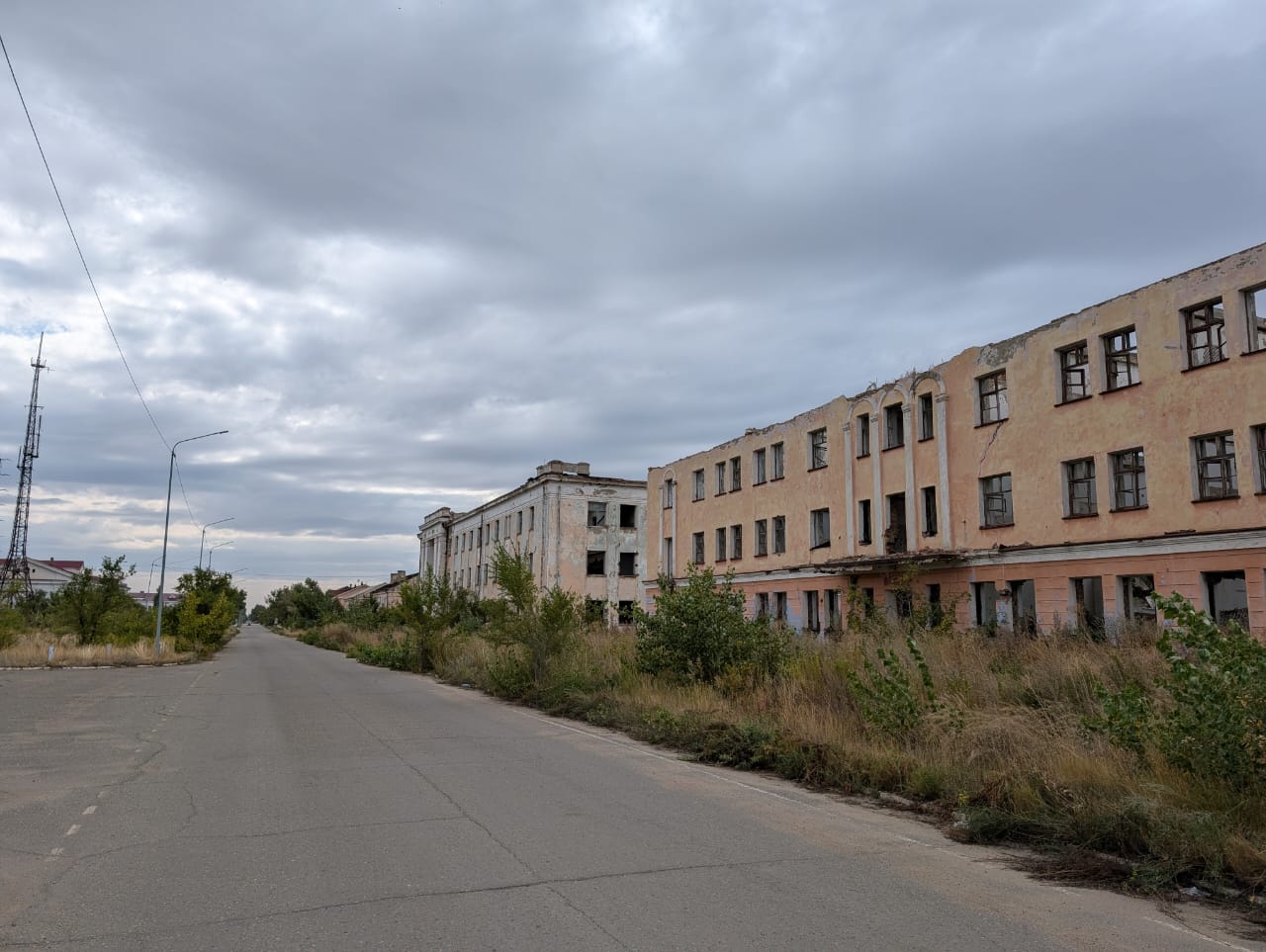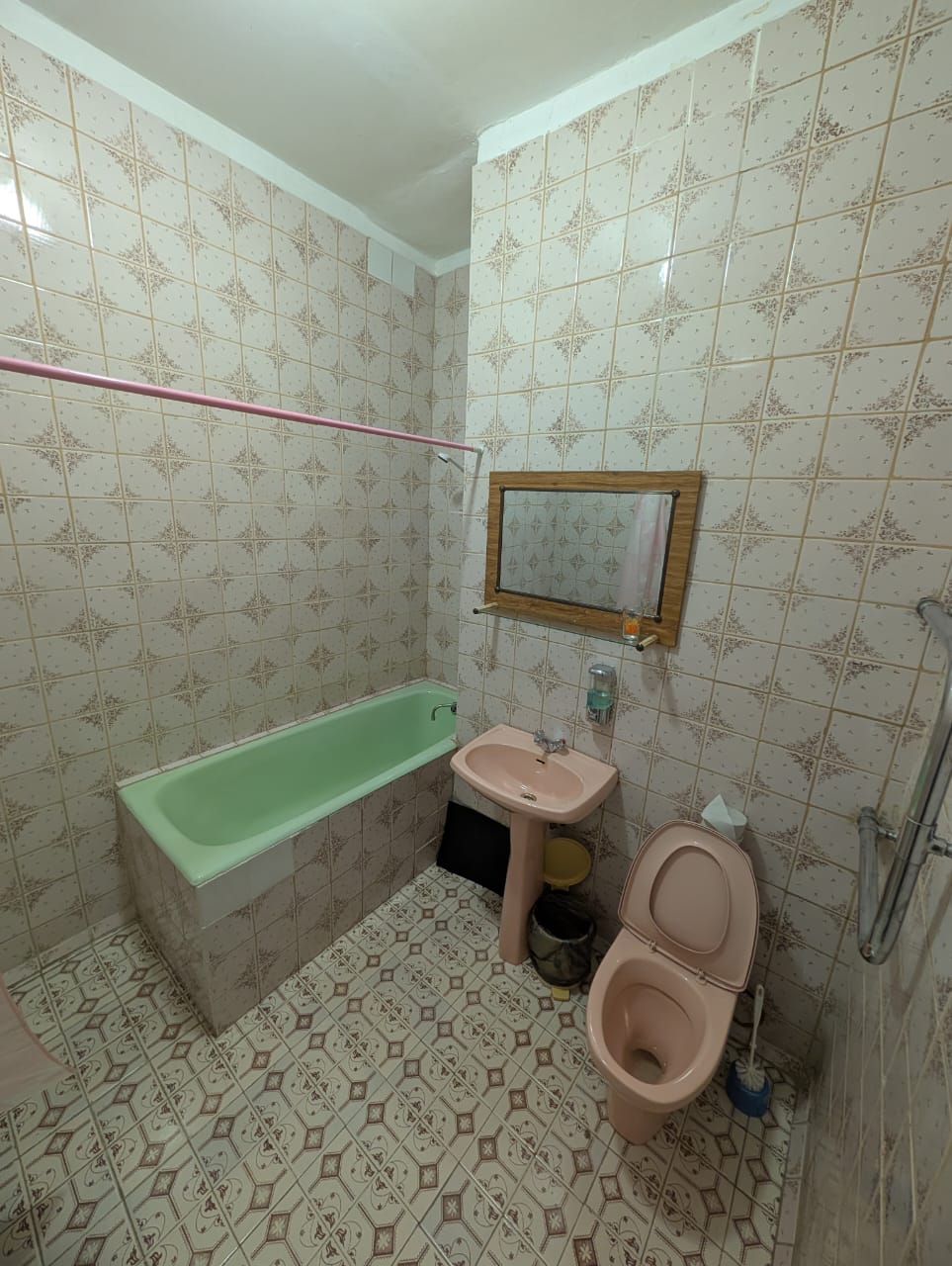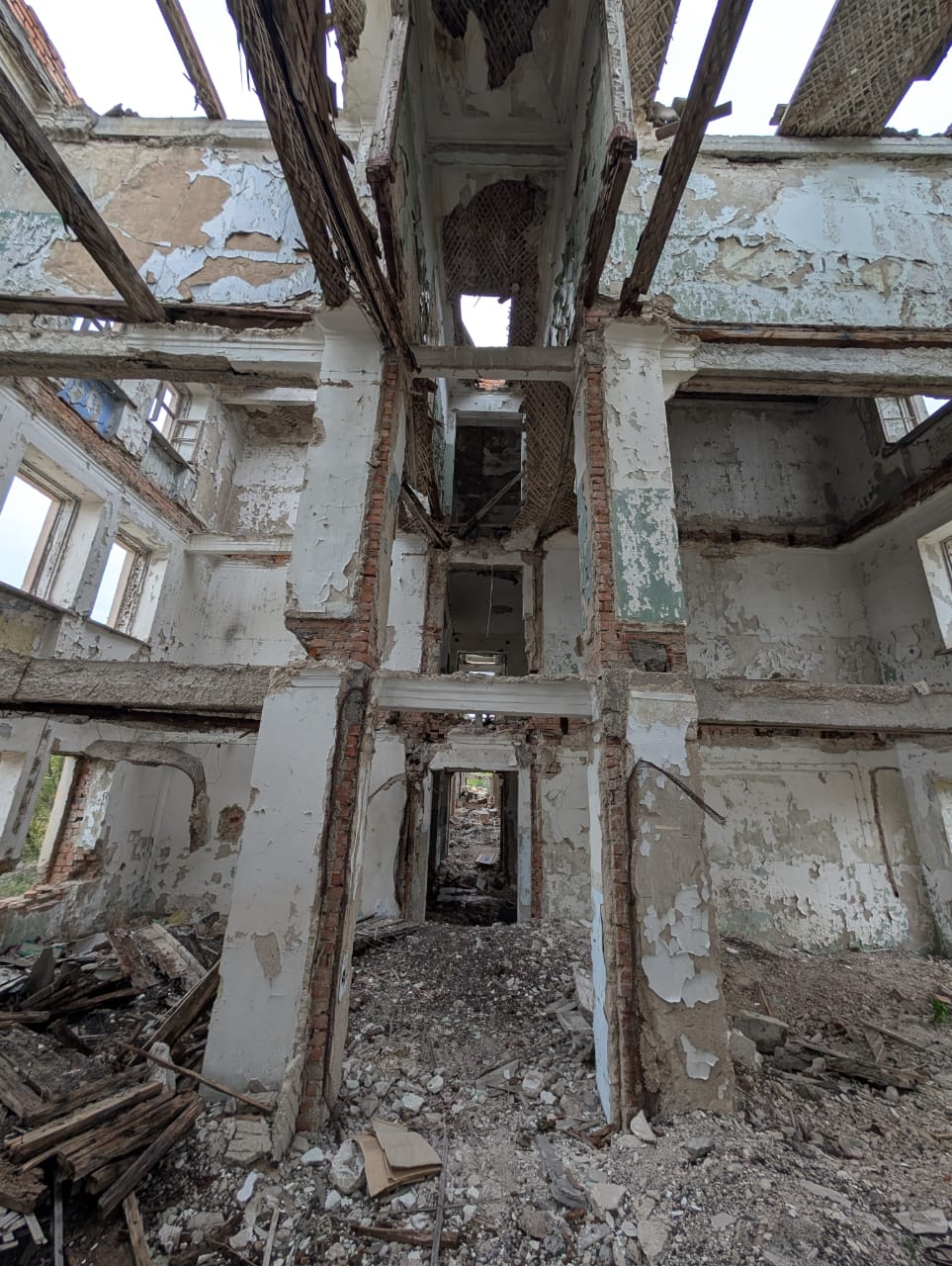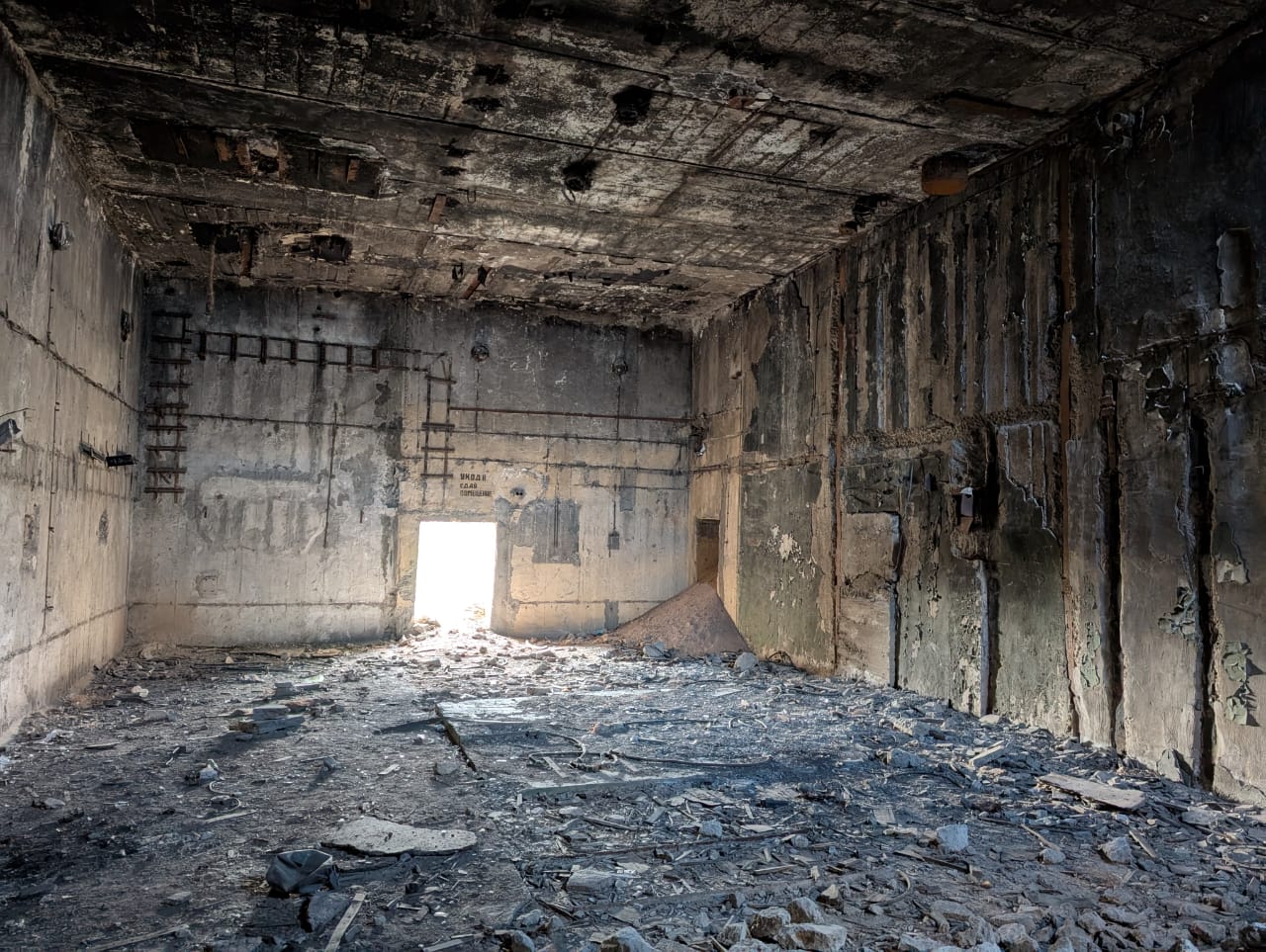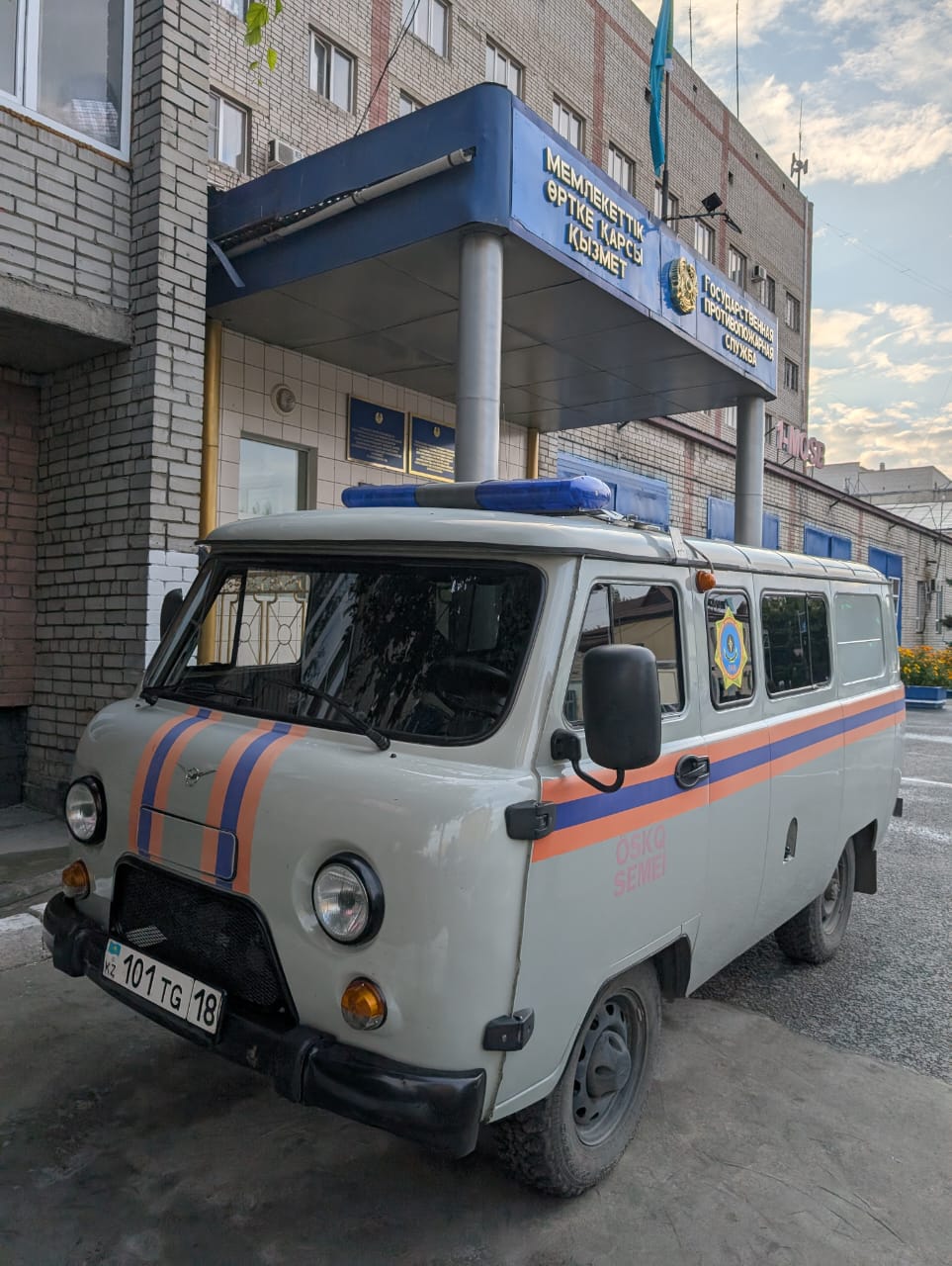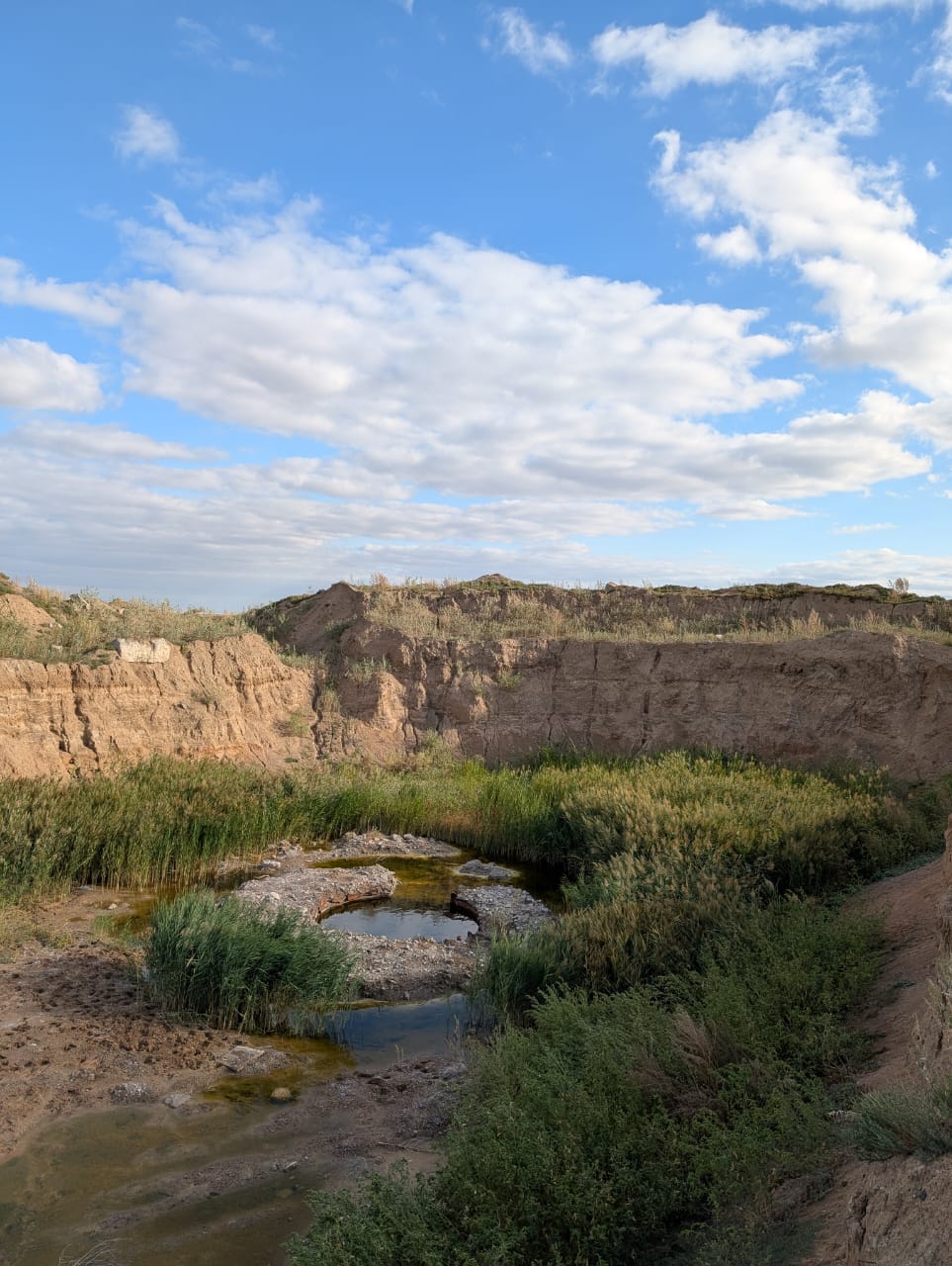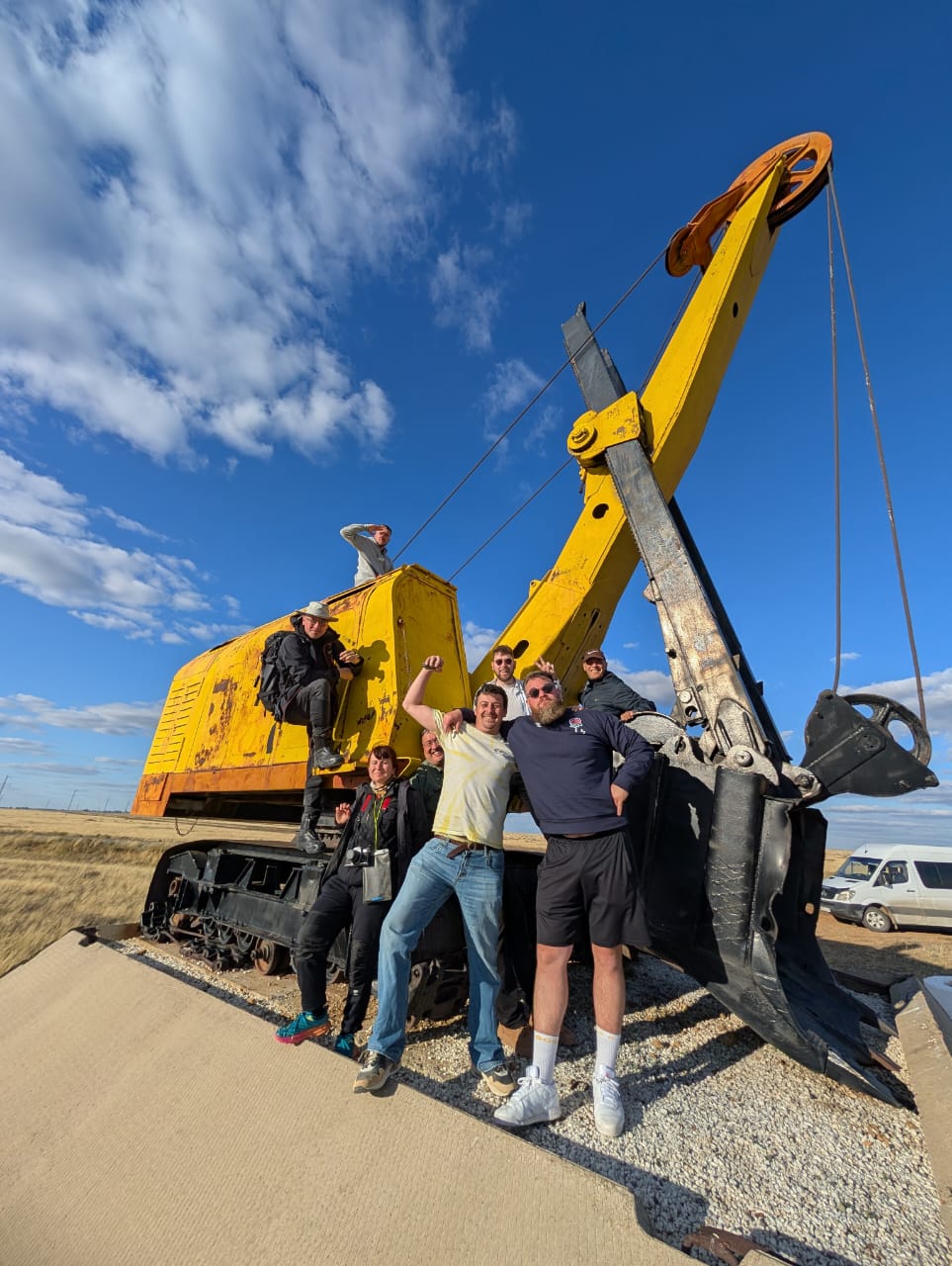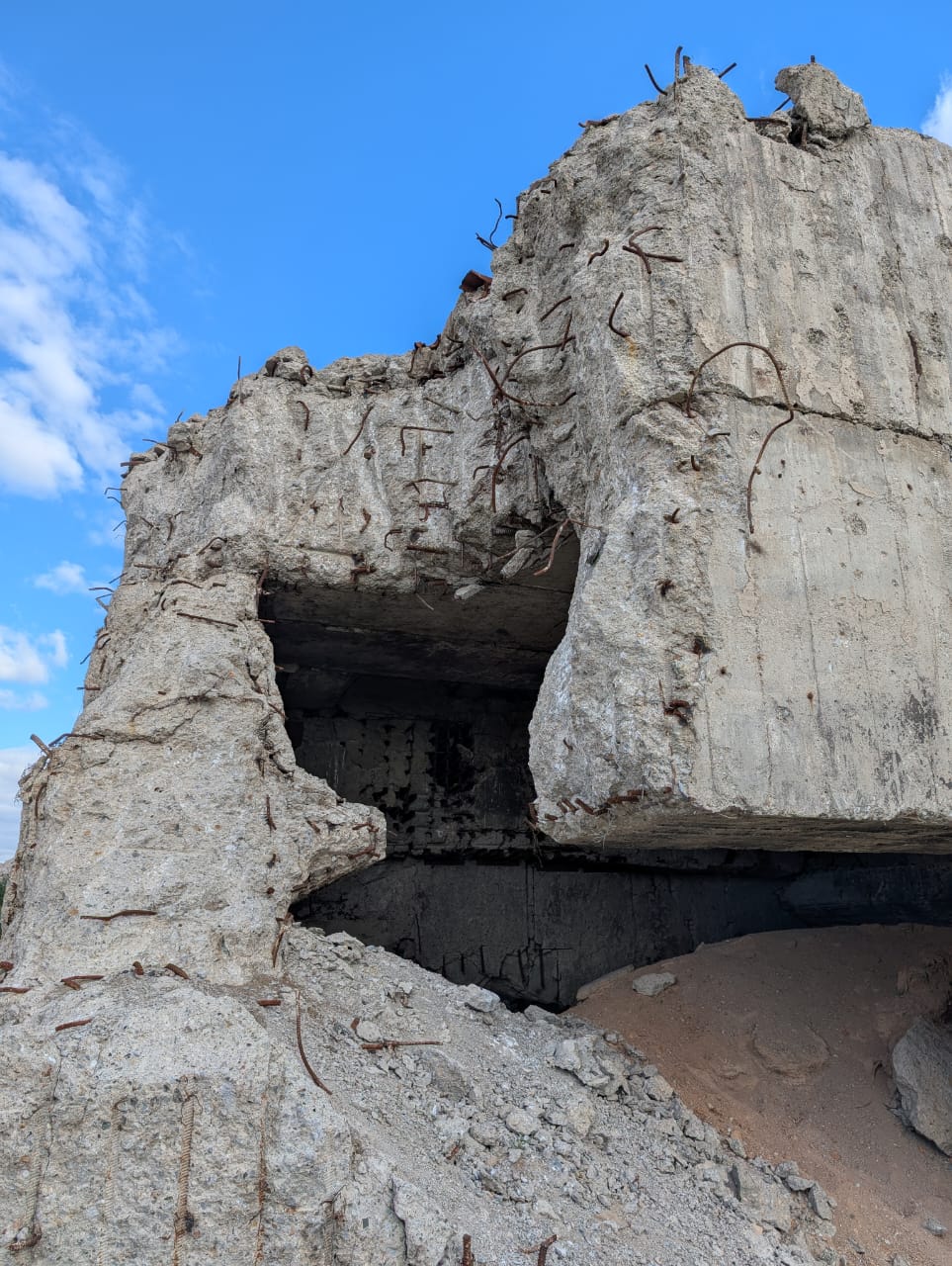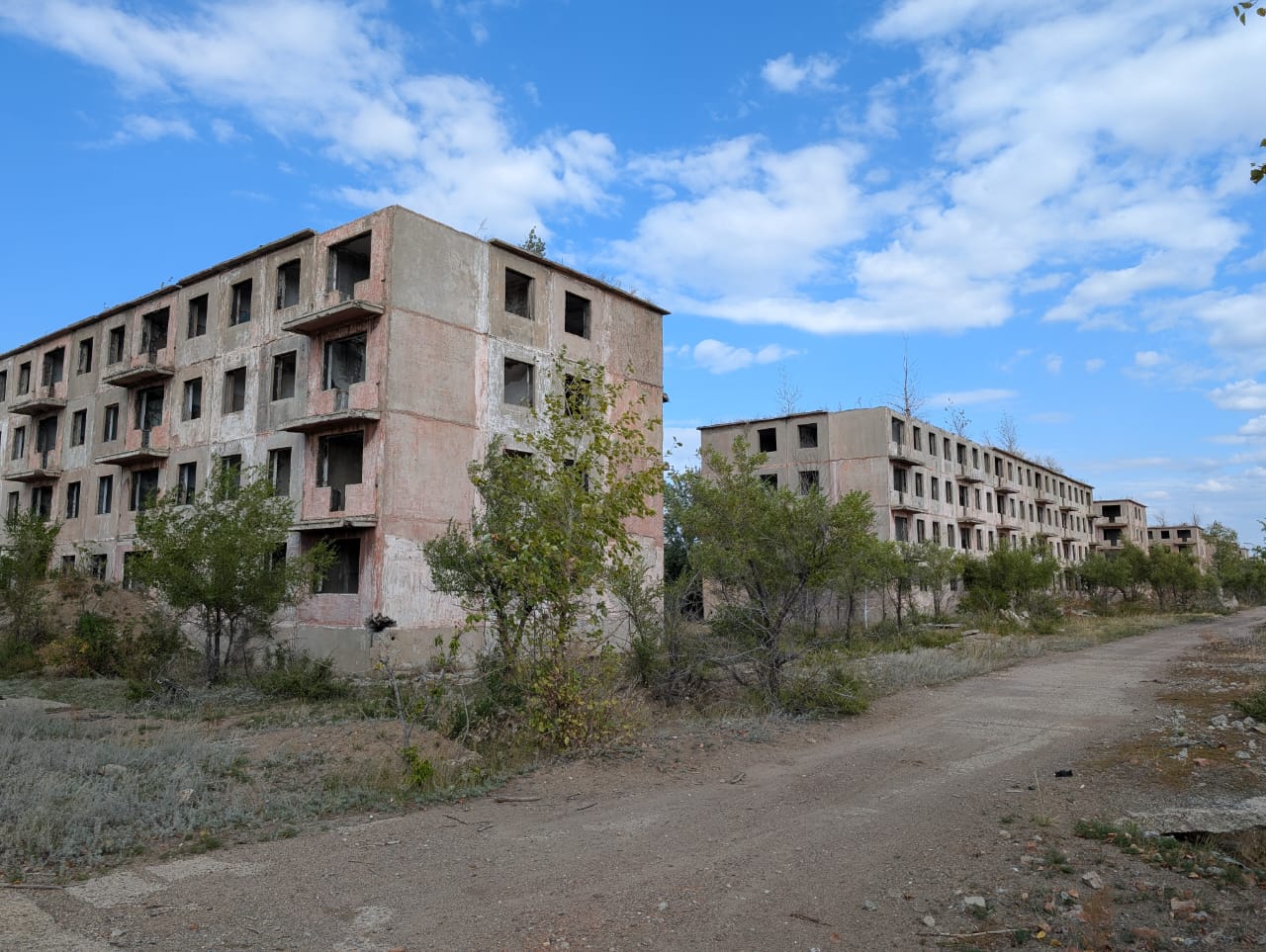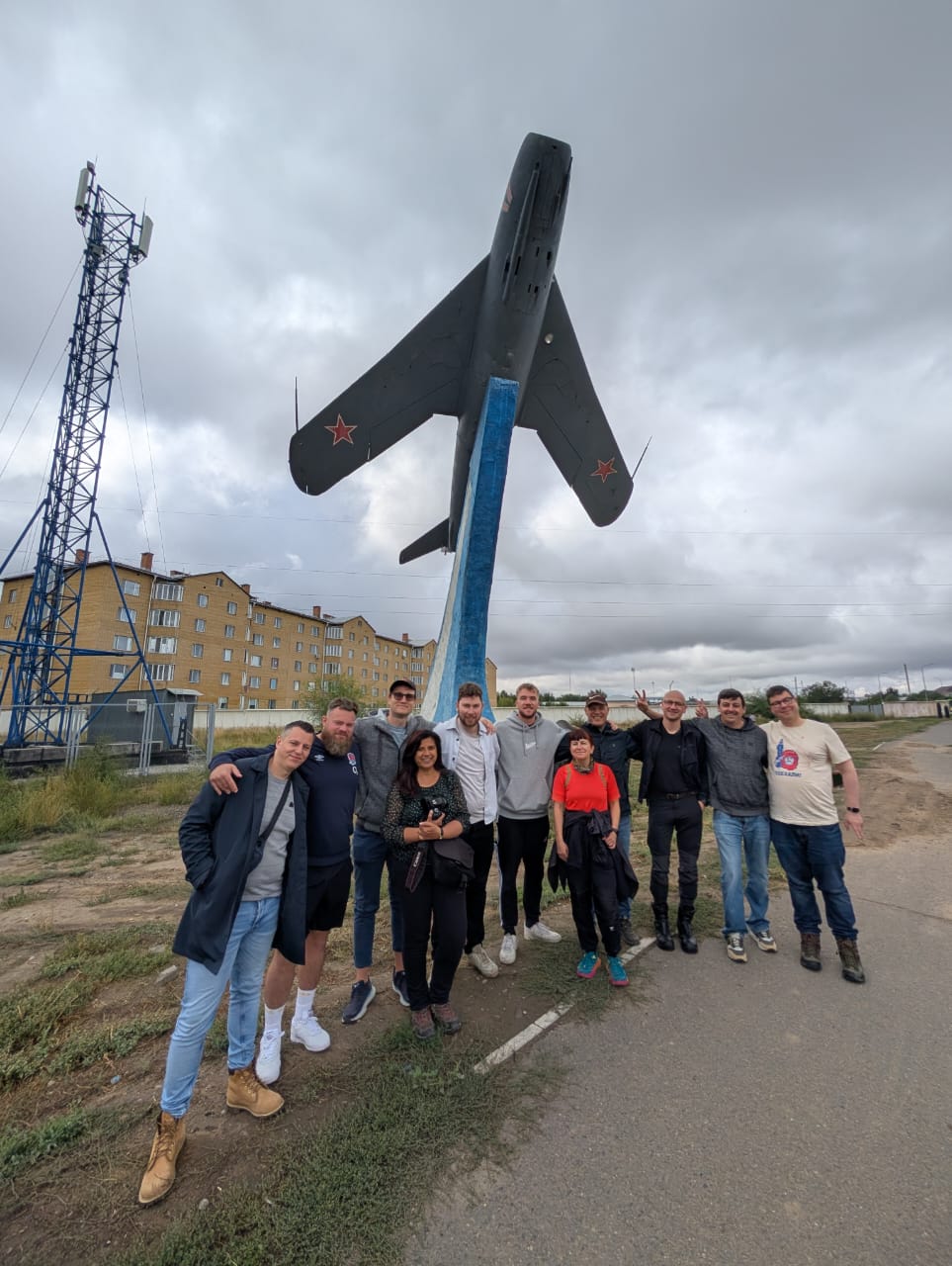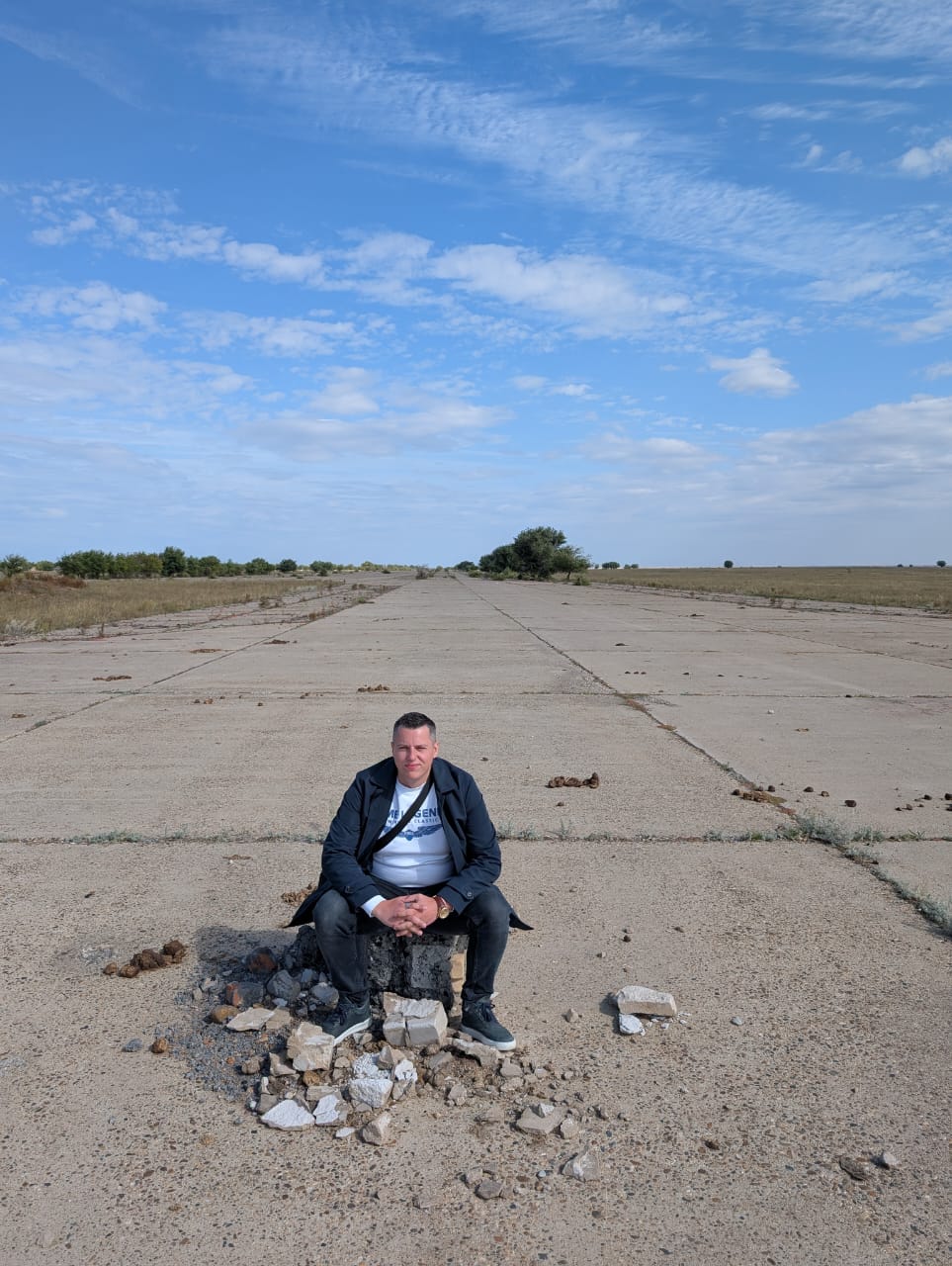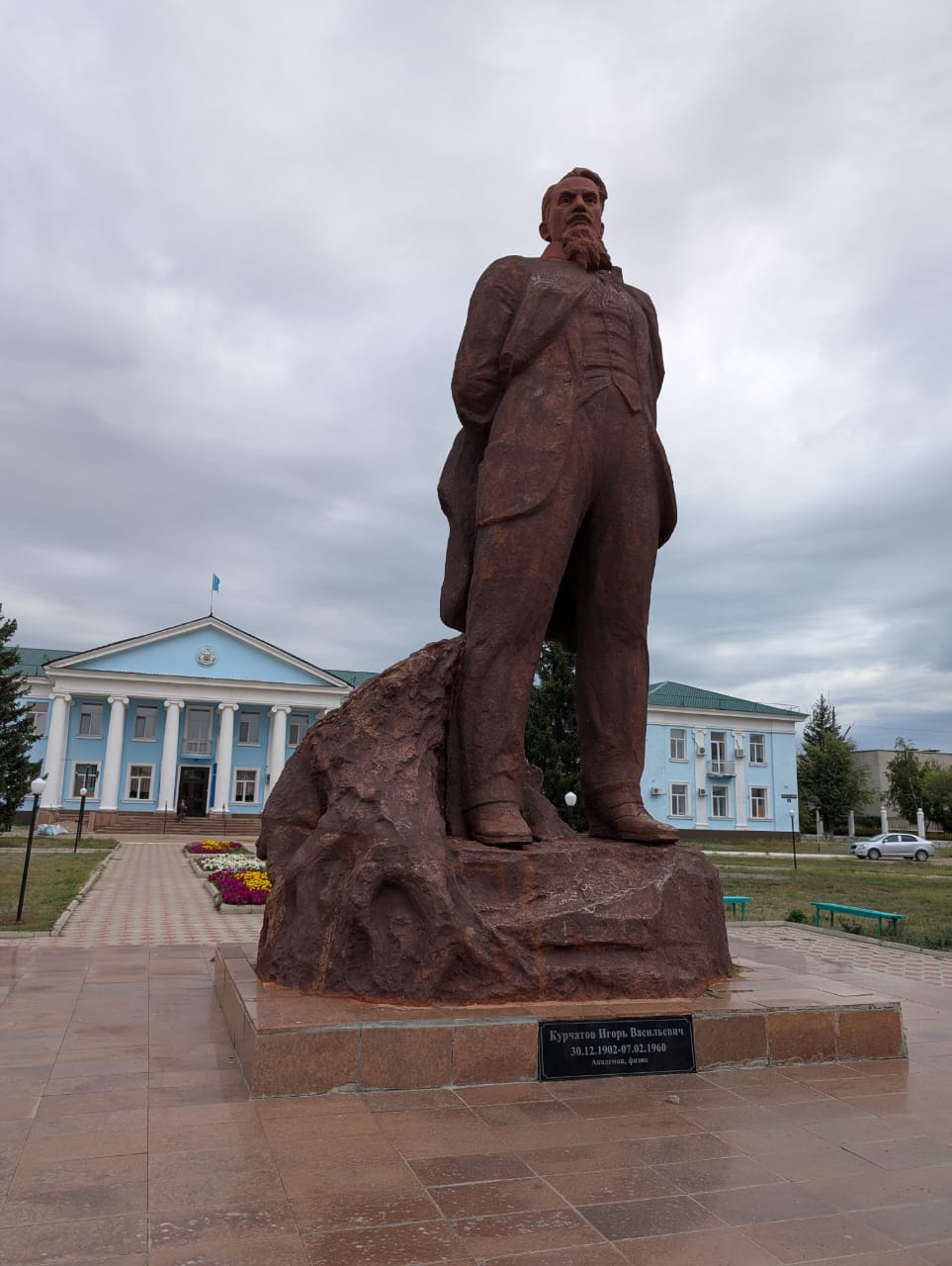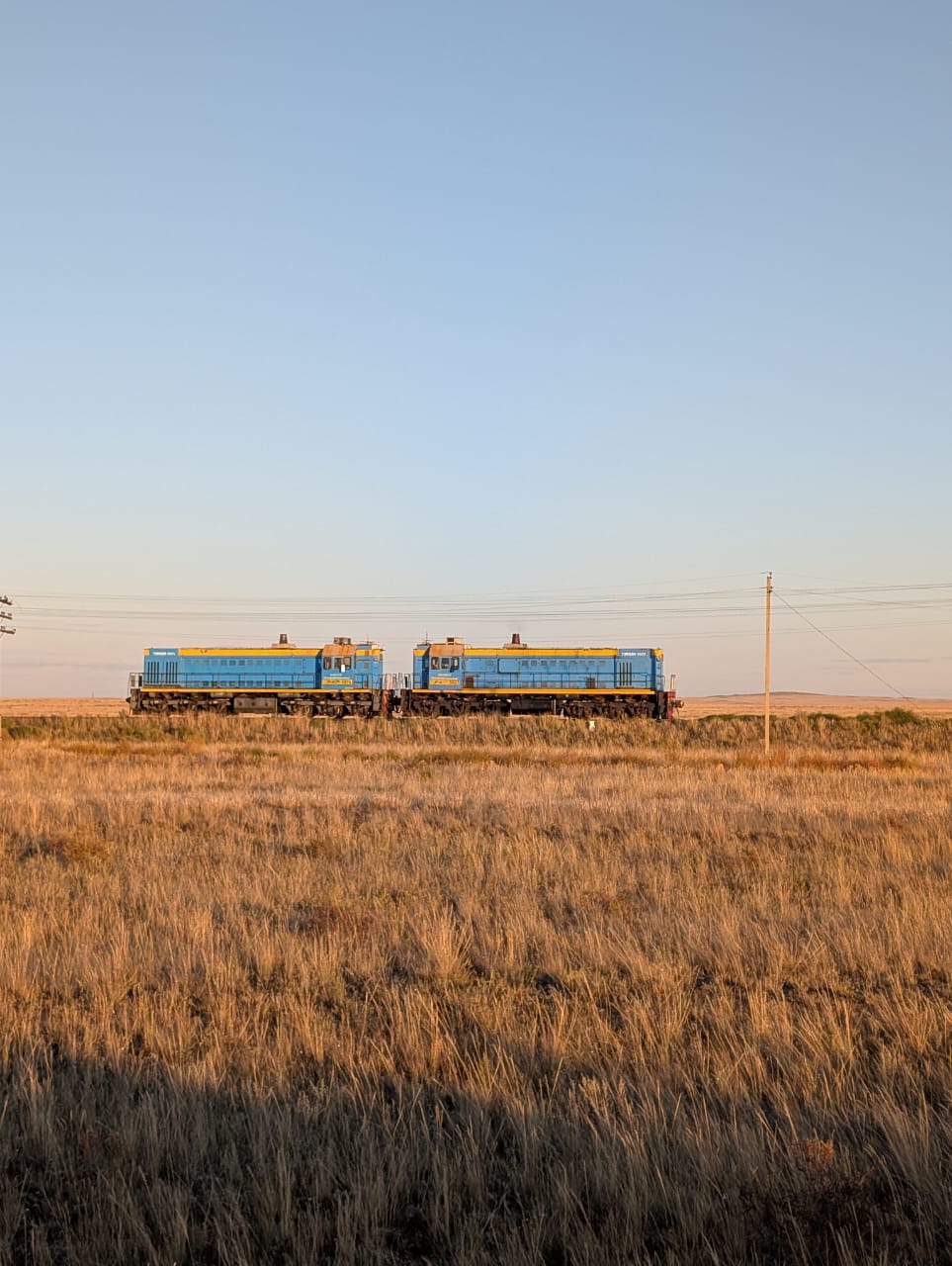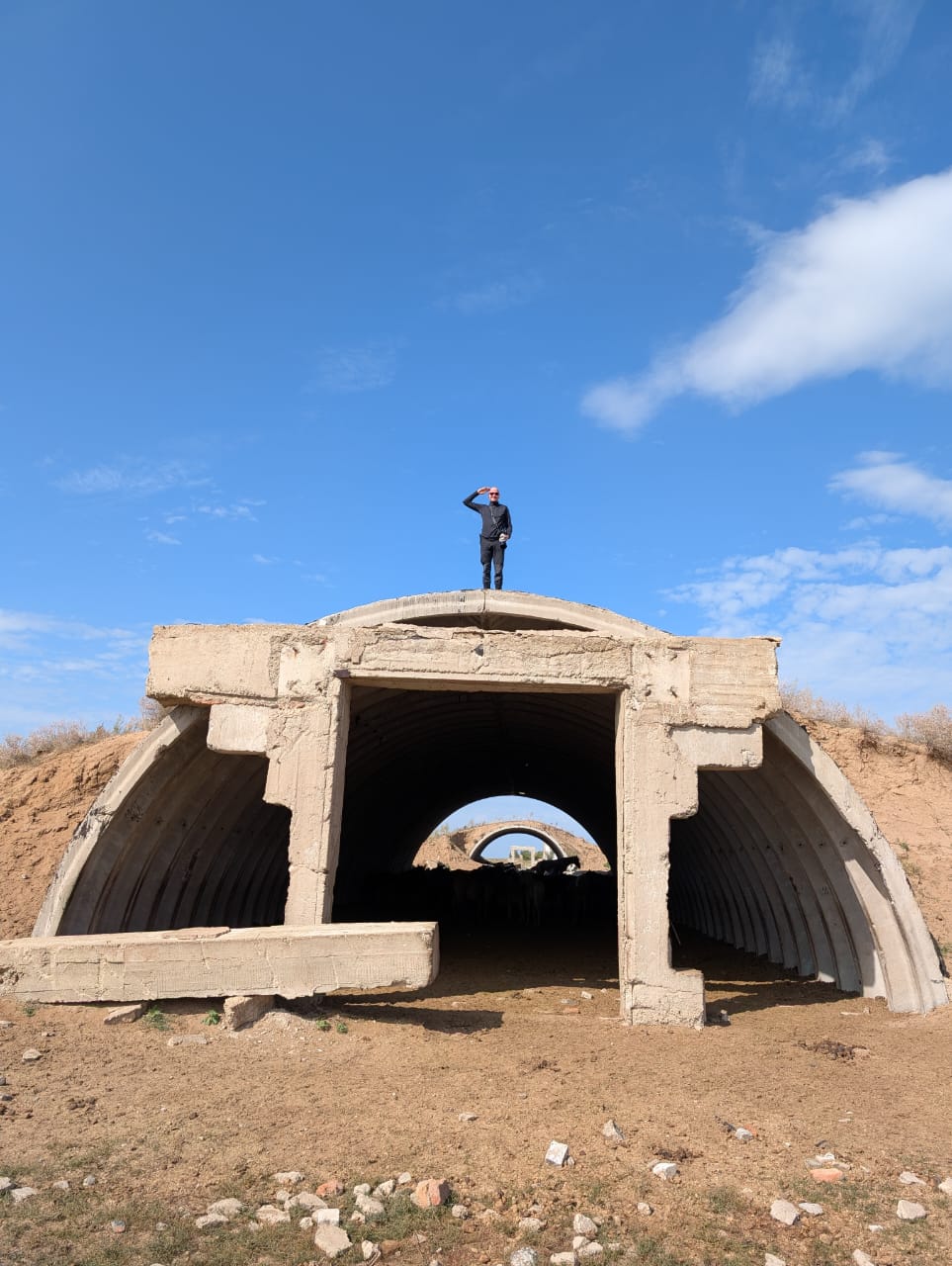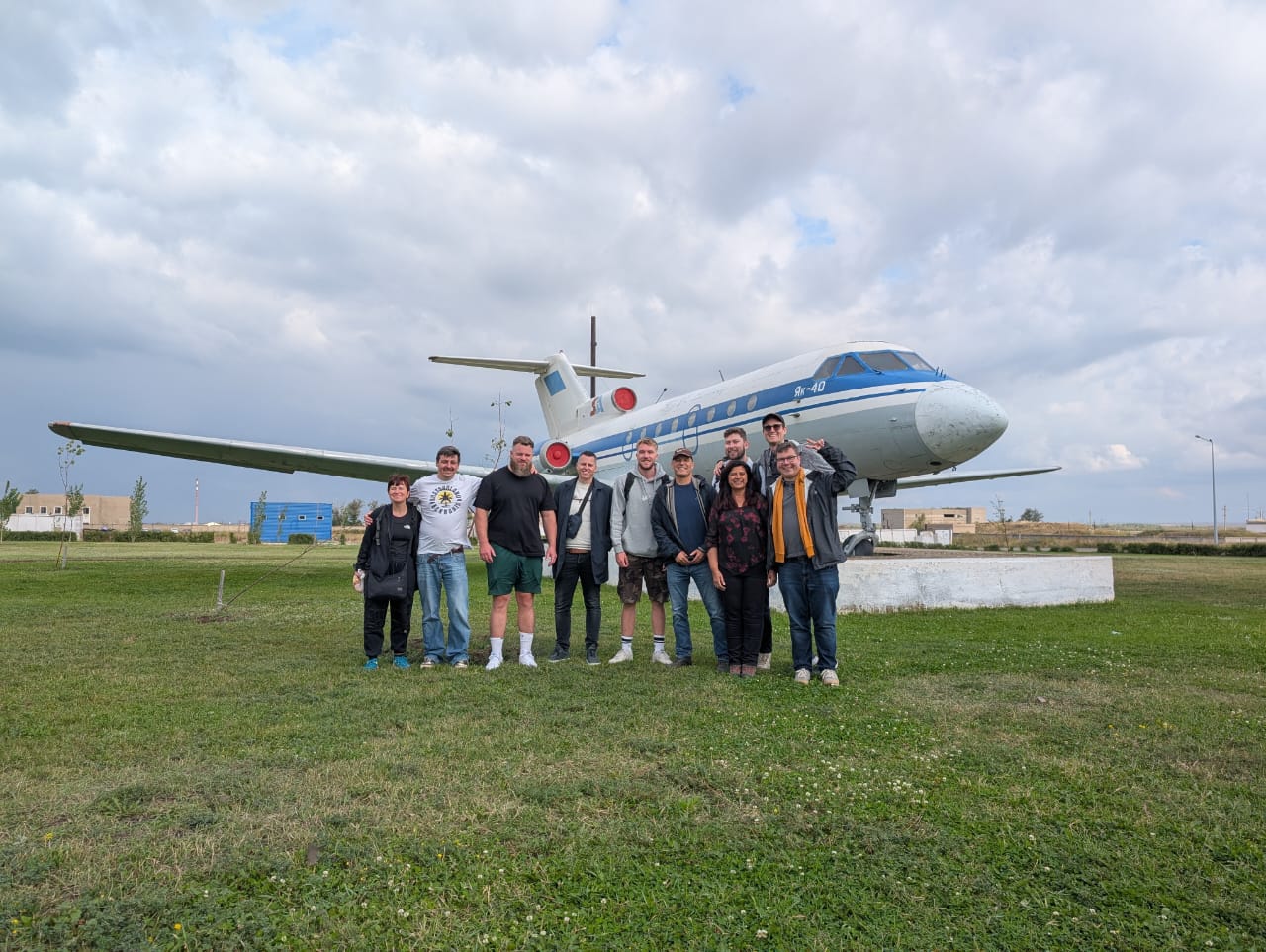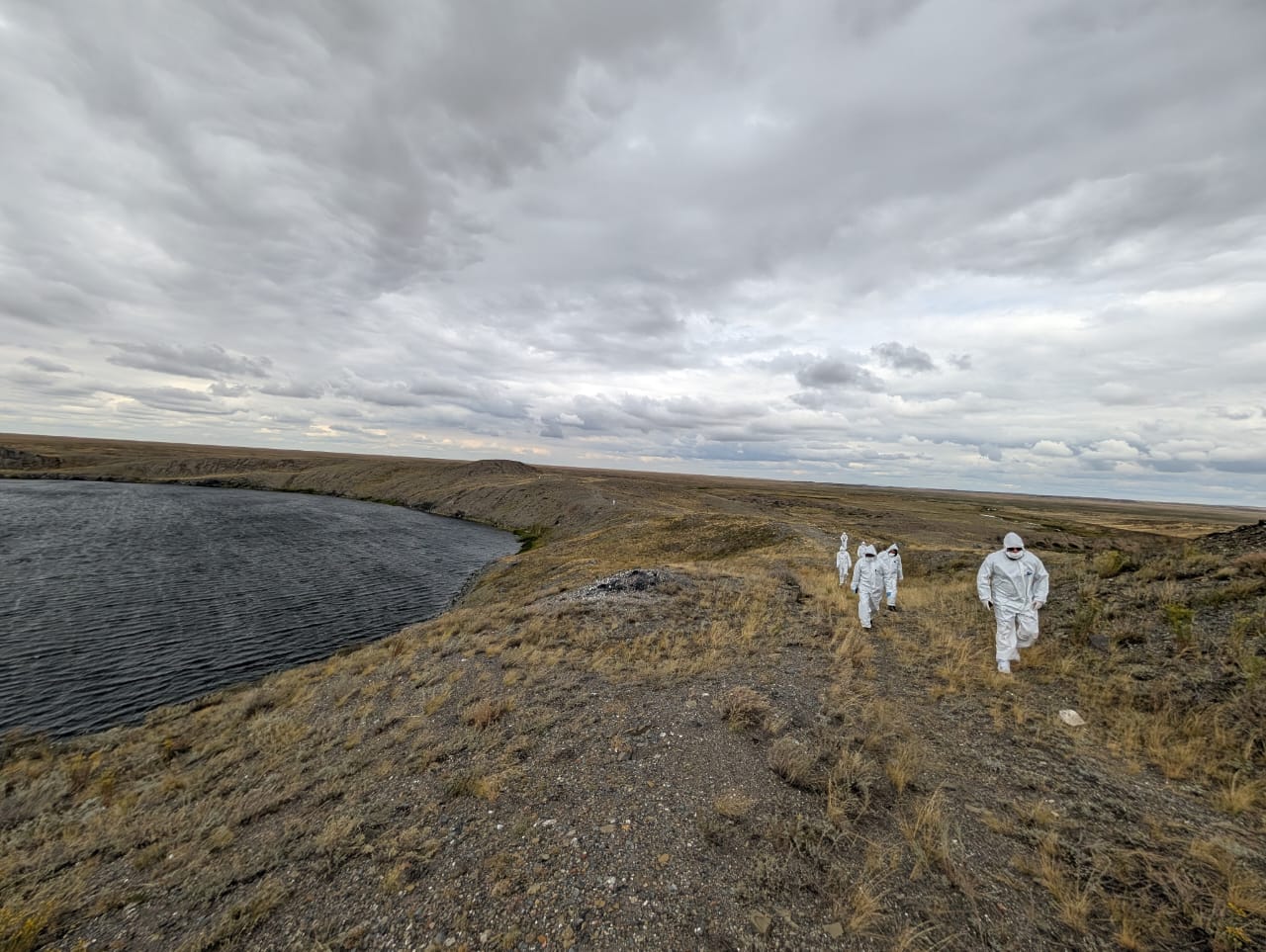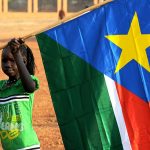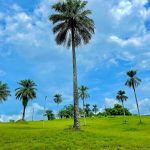YPT offers tours to Kazakhstan Polygon, formally known as the Semipalatinsk Polygon Nuclear Test Site. The Polygon is perhaps one of the most important global sites you’ve never heard of, and until recently, it was entirely closed to tourism.
Between 1947 and 1989, hundreds of nuclear devices were detonated in this top secretive area, heavily contaminating an area as large as Slovenia. Tens of thousands of people lived – and continue to live – in the vicinity of the site. Residents struggle with a range of health conditions linked to the radiation, alongside widespread poverty. The Semipalatinsk Polygon is the only former nuclear test site open to the public, so we are excited to offer you this unique opportunity.
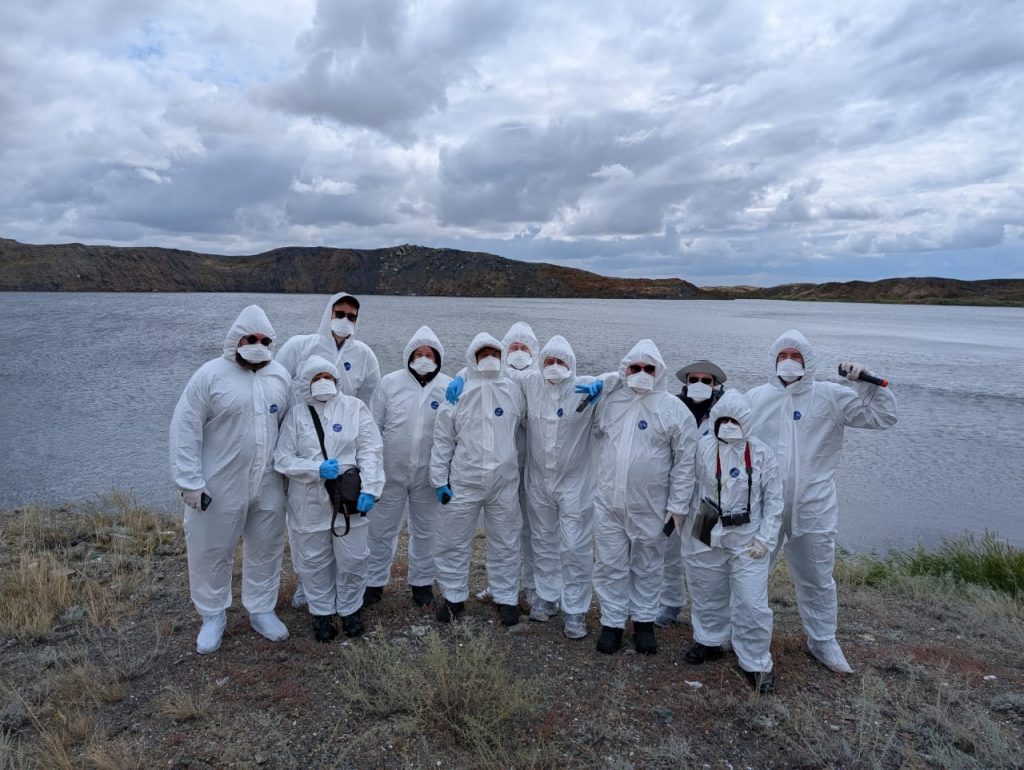
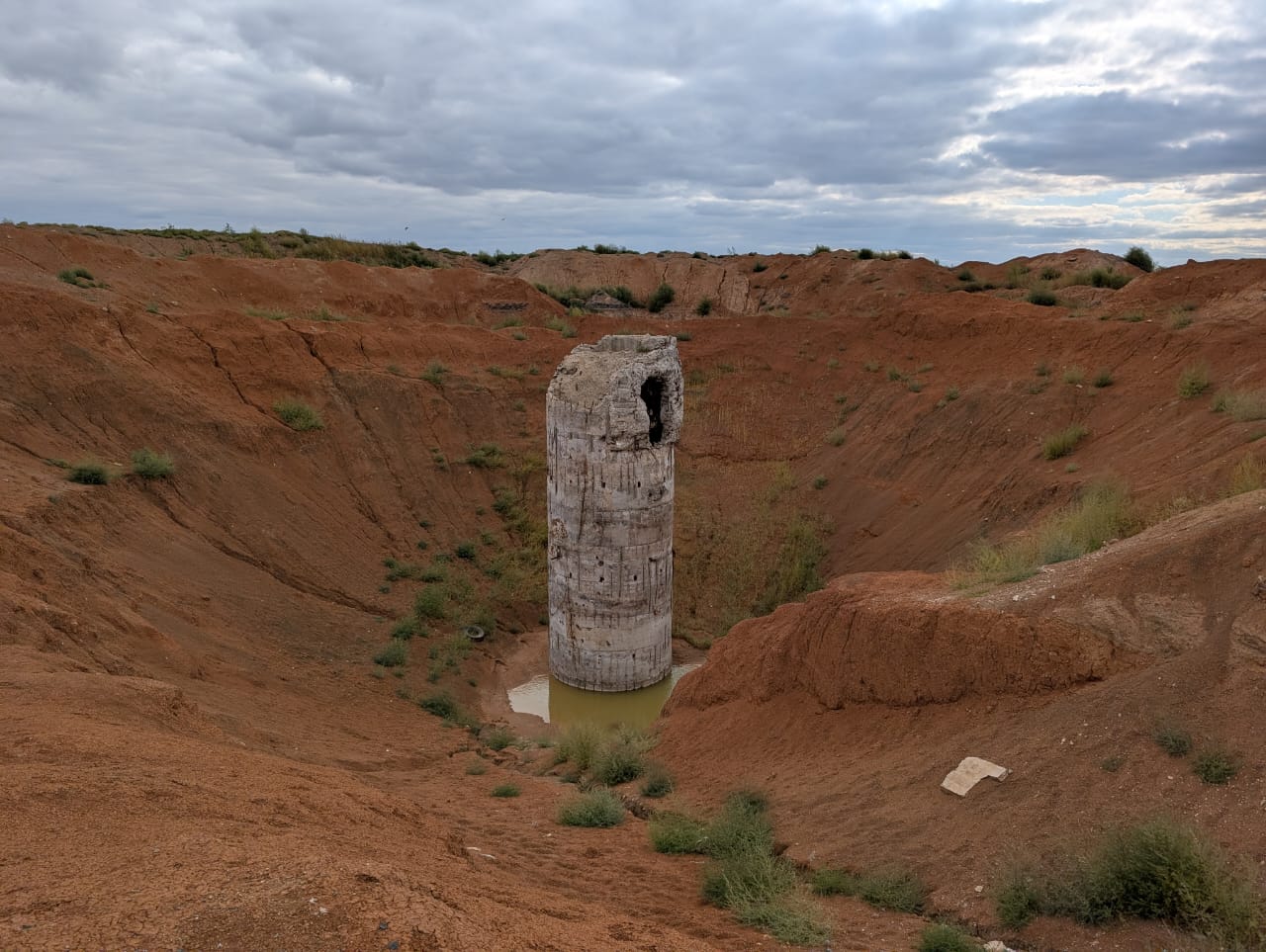
Starting in Almaty and ending in Astana, the bizarre and futuristic Kazakhstan capital, you’ll travel to the once-closed city of Semey. During the era of nuclear testing, its population quadrupled, but at a significant cost. You’ll learn from local activists and Soviet scientists, gaining unique insights into resilience, peace, and the human impact of nuclear testing.
You’ll also see how the Polygon and its associated anti-nuclear activism have become symbolic of Kazakhstan’s identity as an independent state. We’ll visit ghost towns, former secretive long range bomber military airports, and other areas abandoned due to their proximity to the test site and the environmental damage caused by nuclear testing.
This is one of our most thought-provoking tours, designed to challenge your values and provoke questions about the legacy of the USSR and the role of the nuclear industry in today’s world.
Group Tours to Kazakhstan Polygon 2025
You can travel with YPT to the Kazakh Polygon on our Kazakhstan Polygon Tour – Secrets of the USSR.
Our group tours sync up perfect with our Five Stans group tour held every year in April, June and October.
Kazakhstan Polygon April tour – April 19th – 23rd 2026 – $1495
Kazakhstan Polygon June tour – June 19th – 23rd 2025 – $1495
Kazakhstan Polygon October tour – October 19th – 23rd 2025 – $1495
Independent Tours to Kazakhstan Polygon
If your availability does not align with the scheduled tour dates, then YPT can organize a private tour for you. We will plan according to your timeframe and budget and can even craft a bespoke itinerary based on your interests.
Day 1 – Almaty – Semey City
Morning
- Arrive at your convenience in Almaty – the largest city of Kazakhstan, which is well connected to many countries within the Stans, Middle East, Eastern Europe and Asia.
- Depending on the flight schedule board your morning domestic flight to Semey city also known as Semipalatinsk city which is located in eastern Kazakhstan. This city is the oldest city of Kazakhstan. It was established as a fore post of the Russian empire in the time of so-called Great Game in Y’1717.
Afternoon
- After passing border control and collecting luggage, we will head out for quick bite before our museum tour to provide context for the coming days sites.
- First stop is the Stronger Than Death Monument which was installed in remembrance of the devastating consequences of nuclear testing near Semipalatinsk from 1949 to 1989.
- Next is the Dostoyevsky Museum which is a deep dive into the life of this often-glorified, little-understood Russian icon. This is for all the literature fans and soviet buffs!
- Ending the day at the Abay Museum which is geared to Kazakhs honouring their sanctified literary icon, but also for visitors who have spent some time in Kazakhstan and are keen to understand it better.
- Transfer to the hotel, check in then head out for Beshbarmak – a traditional Kazakh dish, beshbarmak consists of boiled meat (usually lamb or horse meat) served with flat noodles and topped with onions.
- We’ll head to the supermarket for your chance to stock up on snacks for tomorrow’s trip.
- Overnight in Semey City.
Day 2 – Semey – Kurchatov
Morning
- Breakfast at the hotel
- Then begin our 2-hour journey to the underground test site (200 km).
- Upon arrival to underground test site, we will take a presentation of the site, to understand the industrial use of nuclear energy for political context and the race of nuclear arms.
- Here we will learn about the history of Soviet nuclear projects from 1962 to 1989, which were a defining feature of the Cold War era, shaping international relations and global security dynamics for decades.
- Enjoy some snacks and then we will then suit up, putting on protective equipment and take a safety briefing to ensure we are well protected through our journey.
Afternoon
- Our first stop is the atomic lake also known as the Balapan Lake. The creation of the Atomic Lake was a consequence of the Soviet Union’s extensive nuclear testing program, which included atmospheric and underground nuclear tests. This particular atomic lake was formed by an underground explosion of 140 Kilotons nuclear bomb back in 1965. To put it into comparison Hiroshima was 15 Kilotons.
- We will visit the two notable boreholes at the Semipalatinsk Test Site
- The first is Degelen Mountain Complex also known as the “Complex-116” which was used for a series of underground nuclear tests, including tests involving the detonation of nuclear devices at various depths underground.
- Next is Balapan Complex like Borehole 116, it was used for conducting experiments involving the detonation of nuclear devices deep underground.
- Then the Elevator silo of underground laboratory which played a crucial role in facilitating underground research and testing activities contributing to the advancement of nuclear technology and the development of nuclear weapons during the Cold War era.
- Our final stops will be the Command point (bunker) which centralised control and command capabilities for nuclear testing activities at the STS and the ICBM launchers to see necessary infrastructure to support missile launches.
- Transfer to hotel in Kurchatov to get refreshed then head out to a local café for dinner and drinks.
- Overnight in a Soviet hotel in Kurchatov that previously housed official visits from Moscow.
Day 3 – Kurchatov – Semey – Astana
Morning
- Breakfast at hotel
- Begin our excursion of Kurchatov which was named after the prominent Soviet physicist Igor Kurchatov who played a pivotal role in the history of the Soviet atomic project.
- We then visit the history of Soviet Atomic project and learn about the monumental scientific and technological endeavour that aimed to develop nuclear weapons.
- Next, we visit the former office of the KGB. Since the dissolution of the Soviet Union in 1991, many KGB archives have been declassified, shedding light on some aspects of its activities!
- Visit the guest house of Laurenty Beria, the head of the NKVD (Soviet secret police) and a key figure in the Soviet atomic project.
Afternoon
- Lunch at a nearby café trying some plov, also known as pilaf, a rice dish cooked with meat (usually lamb or beef), accompanied of course by tea – a staple beverage in Kazakhstan.
- The we visit the “Ghost Town” which are areas that have been left abandoned due to their proximity to the STS and the environmental contamination resulting from nuclear testing.
- Visit an abandoned long range bomber base!
- After our visit we will return to Semey City and have some dinner at a local restaurant and if we have time we’ll see a giant statue of Lenin in the central park
- Transfer to the railway station to board a sleeper train at 7:45pm to Astana city.
- Dinner, cards, and rest while taking in the scenes out of the window!
Day 4 – Astana
- Arrival into Astana City at around 8:20am
- Head to the hotel to drop off luggage and breakfast (breakfast not included)
- Embark on a city tour starting with the Main Republican Mosque, officially known as Hazret Sultan Mosque the largest in Central Asia and one of the ten largest mosques in the world. Here you’ll witness the serene atmosphere during prayer and survey the intricate interior details, including the prayer hall, domes, and lavish decorations.
- Go to the top of Astana’s most iconic tower, the Baiterek tower – standing 105 metres tall, the monument was built as a symbol of the transfer of the capital from Alma Ata to Astana in 1997.
Afternoon
- Lunch downtown and we’ll drop by the Khan Shatyr Entertainment Center – opened in 2006, it is the largest yurt in the world. It is 90 metres high and covers over 10 football stadiums of space (stadiums, not fields!)
- National Museum of the Republic of Kazakhstan – when it first opened in 2014 it was the largest museum in Central Asia. The structure is made up of blue glass and white marble which depicts Kazakhstan’s history and culture from prehistoric times to the present.
- Visit the Palace of Peace and Reconciliation – this unique 62 metre high pyramid shaped building hosts the triennial Congress of Leaders of World and Traditional Religions.
- Stop by Nur Alem – this stunning sphere was at the centre of Expo 2017 Astana, It is the largest spherical building in the world with a diameter of 80 and height of 100 metres. It has since then been converted to the Future Energy Museum.
- Farewell dinner at YPT’s favourite restaurant located near the central park
- Overnight in Astana Ibis Hotel
Day 5 – Astana
- Breakfast in hotel
- Alternatively, continue your Central Asian adventure by joining us on one of our regular group tours of the region. We can also arrange your private tour to continue exploring the rest of Kazakhstan, or you can transfer to neighbouring countries.
Bespoke Tours to Kazakhstan Polygon
Scientific Research Tours:
For scientists interested in a deeper exploration of the Kazakh Polygon, we can organize bespoke tours designed to meet your specific research and academic needs. As the world’s only former nuclear test site open to the public, the Semipalatinsk Polygon presents a unique place to study the long-term environmental, health, and scientific consequences of nuclear testing. Our excellent network of local contacts allows us to organize in-depth discussions with local scientists, historians, and activists. We can take you to visit abandoned ghost towns and key test locations that others haven’t even heard of!
Soviet History/Political Tours:
For those interested in history and politics, YPT can arrange bespoke and thorough tours to the Semipalatinsk Test Site. As one of the USSR’s most secretive and consequential sites, the Polygon was at the heart of a Soviet nuclear program that was intertwined with the political, military, and ideological dynamics of the Cold War. Our network of contacts will facilitate visits to historic sites and meetings with Soviet-era scientists and local historians. As well as giving a rare insight into the USSR’s nuclear ambitions, you’ll be able to appreciate the political legacy of the testing program and how this continues to influence the modern Kazakh state. Regardless of your specific area of expertise, we can craft your tour to deliver a detailed and nuanced perspective on the Polygon’s role in the Soviet Union.
Frequently Asked Questions about travel to Kazakhstan Polygon
If you are not lucky enough to have a passport from a visa-free country, you will likely have to apply for an eVisa. India, China, and South Africa are notable states that fit into this category. Only a few countries require a visa in advance from your nearest Kazakh embassy – please contact us if this may be the case for you.
Please note that if your flight to Kazakhstan involves transiting through Russia, you will require a Russian transit visa in all circumstances. This has become significantly less common since the boycott of Russia by many countries, due to their invasion of Ukraine.
You will need additional permits to visit many of the Polygon’s sites, but we will arrange these for you when you book a tour with us.
There are obvious risks that come with visiting a site such as the Semipalatinsk Test Site. However, we are led by expert local guides and follow their lead to avoid radioactive “hot zones” that are found in some isolated parts of the Polygon. One would have to ignore their advice and be “wilfully stupid” to be exposed to dangerous levels of radiation. You are likely to be exposed to less radiation here than you would on a regular commercial flight!
While people in Kazakhstan are among the most hospitable on Earth, this is an isolated part of the country. As such, locals are likely to be more socially conservative than in your home nation or Kazakhstan’s major cities. Please behave accordingly and follow the lead of your local and YPT guides.
Euros, US Dollars, and Russian Roubles can be exchanged easily in Astana and Almaty, with other currencies difficult to change. While Kazakhstan is the most developed state in Central Asia, Semey and Kurchatov are less so, and cash remains king there. You will be able to use your credit/debit cards in Astana and Almaty but assume that you will be unable to access them while touring the Polygon.
However, Russian overwhelmingly remains the most useful language, as it acts as the language of interethnic communication in a country which has over 60 ethnic groups in it. In major urban areas such as Almaty and Astana, many people (including ethnic Kazakhs) struggle to speak the Kazakh language. It is not unheard of for people to struggle with speaking Russian, especially in rural and/or Southern Kazakhstan. However, given the particularly strong legacy of the USSR and the huge community of ethnic Russians in the areas around the Polygon, you are unlikely to encounter this.
Very few people speak English, and those that do are almost always young, educated people living in major cities. However, all our guides speak fluent English, so you’ll be well looked after!
We strongly advise having comprehensive travel insurance that covers medical expenses, including evacuation in case of severe illness or injury. Perhaps the biggest health risk will come from the difficulties in accessing medical facilities of an international standard. Almaty and Astana do have these, but services become extremely limited in the rural areas of and around the Polygon. We are not doctors, so we recommend talking to your medical professional and checking out our blog post, Seven Essential Health Tips for Globe-Trotters.
Gallery
